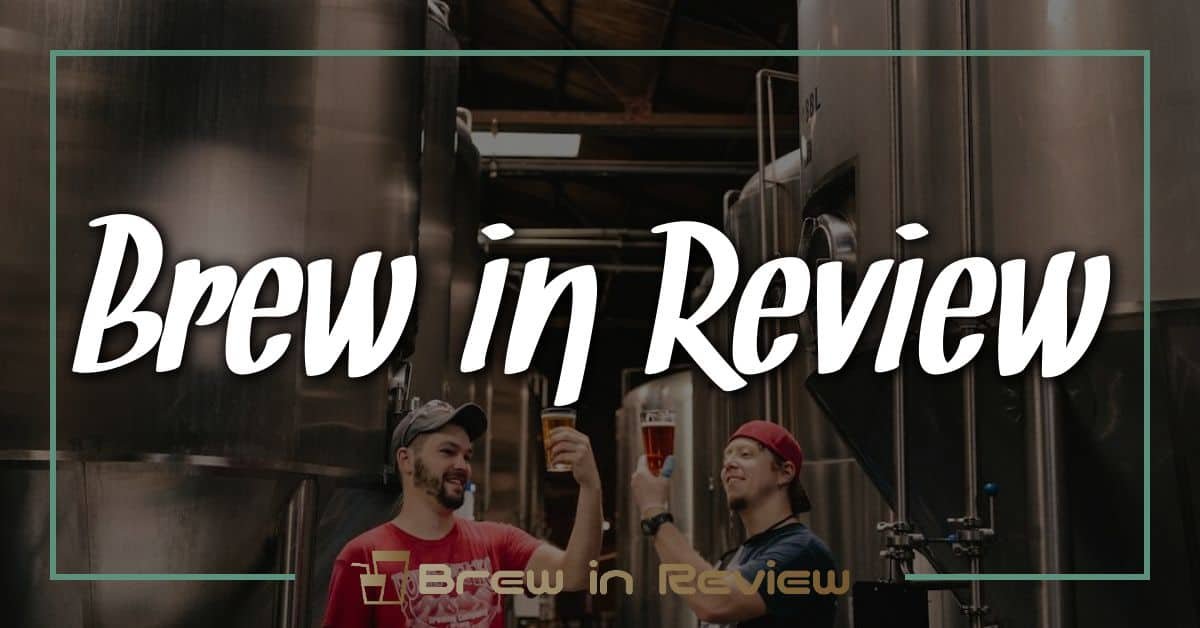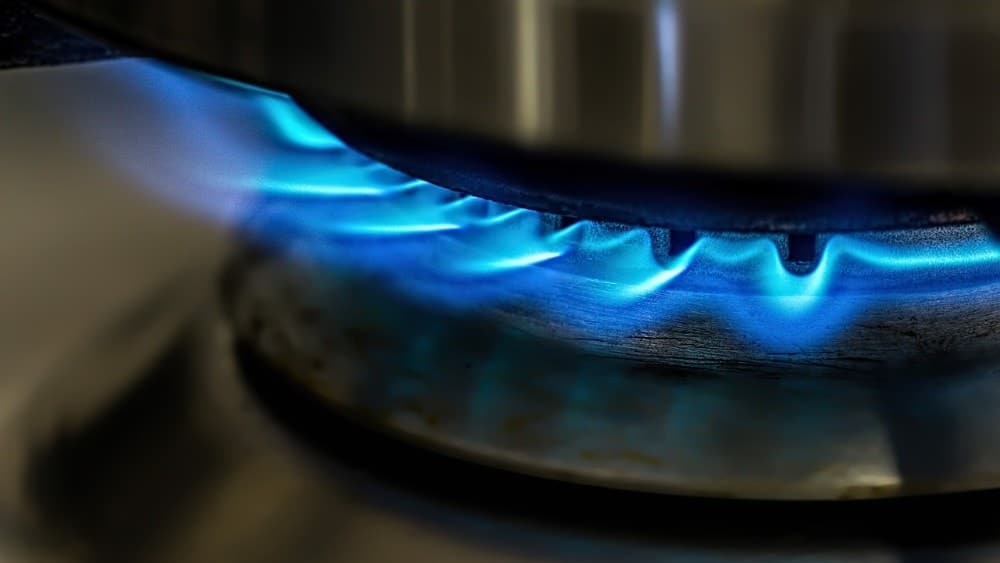Brewing beer at home can be an exciting adventure, but it’s not without its hiccups. One of the most common issues I’ve faced is overcarbonation. It can turn a promising batch into a foamy disaster, leaving you frustrated and wondering where it all went wrong.
Understanding Overcarbonation
Overcarbonation presents a common hurdle for home brewers. It can affect the experience of enjoying a well-crafted beer.
What is Overcarbonation?
Overcarbonation occurs when there’s too much carbon dioxide in the beer, resulting in excessive foam and carbonation levels. This condition can lead to overstuffed bottles that may even explode under pressure. When I discover overcarbonation in my brews, I know it’s more than just a nuisance—it can ruin the taste and texture of the beer.
Causes of Overcarbonation
Several factors contribute to overcarbonation in home brewing:

- Excessive priming sugar: Adding too much priming sugar before bottling increases fermentation pressure. Always measure sugar accurately, following guidelines specific to your beer style.
- Temperature fluctuation: Warmer temperatures can accelerate fermentation, leading to unwanted carbonation. Maintaining a consistent fermentation temperature promotes controlled CO2 production.
- Residual yeast activity: Bottling beer before fermentation completes allows yeast to generate more CO2. Ensure fermentation has fully finished, monitoring specific gravity for consistency.
- Improper sealing of bottles: Tightly sealed bottles can trap CO2. Use caps that fit properly, but not overly tight, for optimal gas exchange.
- Types of yeast: Some yeast strains are more prone to vigorous fermentation. Research your chosen yeast’s characteristics to better predict its behavior during carbonation.
By recognizing these causes, I can take steps to prevent overcarbonation and ensure that every brew meets my high standards.
Identifying the Signs of Overcarbonation
Recognizing the signs of overcarbonation is key to avoiding major setbacks in brewing. It’s a problem that can lead to excessive foaming and compromise the overall quality of your beer.
Visual Indicators
I often notice visual cues that signal overcarbonation. The most obvious sign is excessive foam formation when opening a bottle. If the beer erupts uncontrollably, it indicates too much carbon dioxide. Another indicator is the size and consistency of the bubbles. If they appear too large and rapidly rise to the surface, it suggests that there’s an overabundance of carbonation in the brew. Additionally, check the head retention; a beer that’s overly carbonated may produce a head that dissipates quickly.
Taste and Aroma Changes
Taste and aroma changes also hint at overcarbonation. When a beer is overcarbonated, it can have a sharp or biting sensation, overshadowing the intended flavors. You might notice an off-flavor, which manifests as an overpowering sweetness or a metallic taste. Aroma can also change; if the beer smells overly fizzy or yeasty, it could indicate problems with carbonation levels. Pay attention to these nuances, as they can detract from the overall enjoyment of the brew.
Common Brewing Mistakes Leading to Overcarbonation
Understanding common brewing mistakes helps prevent overcarbonation. Knowing what leads to excess carbonation ensures I produce high-quality beer that captures the right flavors and carbonation levels.
Inaccurate Measurements
Inaccurate measurements create pitfalls in brewing. Too much priming sugar directly contributes to overcarbonation. I always use a reliable scale for precise sugar measurement. Measuring ingredients with the wrong tools results in imbalances. Using a calculator for desired carbonation levels helps avoid this mistake. Every gram counts in achieving the perfect brew.
Improper Fermentation Techniques
Improper fermentation techniques significantly impact carbon dioxide production. Fermenting at fluctuating temperatures affects yeast activity and results in inconsistent carbonation levels. I maintain a stable temperature throughout fermentation to control yeast behavior. Also, racking the beer too soon can leave behind active yeast. Allowing sufficient time for fermentation ensures complete yeast inactivity before bottling.
Errors in Recipe Formulation
Errors in recipe formulation lead to unexpected brewing outcomes. Including excessive fermentable sugars can alter carbonation levels. I often double-check recipes, particularly the sugar types and amounts listed. Ignoring yeast characteristics, such as attenuation rates, further complicates the process. Understanding how different strains behave in fermentation assists in crafting balanced beers. Revisiting and refining recipes promotes a smooth brewing experience.
Effective Fixes for Overcarbonation
Overcarbonation can be a frustrating hurdle in home brewing, but several effective fixes exist to correct this issue and improve your brews.
Adjusting Carbonation Levels
Adjusting carbonation levels starts with careful measurement. For a batch that’s too fizzy, the first step involves siphoning off some beer into a separate container. From there, adding a small amount of de-gassed or flat beer from a previous batch can help balance the overcarbonation. I recommend using a carbonation chart that indicates the ideal range for different beer styles, as these generally follow specific guidelines for carbonation levels. Aim for a target of 2.0 to 2.5 volumes of CO2 for most ales and around 2.5 to 3.0 volumes for lagers.
Proper Bottle Conditioning Techniques
Proper bottle conditioning is crucial in preventing overcarbonation. After bottling, store the bottles in a controlled environment with consistent temperatures around 70°F to 75°F. Monitor sugar usage during the priming process, as precise calculations based on batch size and beer style can mitigate excessive carbonation. For even better results, consider using carbonation caps, which allow you to release pressure without opening the bottle. This technique not only helps maintain carbonation levels but also preserves the freshness of the beer.
Utilizing Professional Equipment
Utilizing professional equipment can prevent overcarbonation and enhance consistency. A carbon dioxide regulator, for example, provides precise control over CO2 levels, reducing the risk of excess pressure in your bottles. Invest in a quality thermometer to monitor fermentation temperatures closely; fluctuations can lead to unwanted yeast activity. A hydrometer or refractometer offers accurate fermentation readings, ensuring sugar levels are balanced and carbonation levels remain in check. Using professional-grade equipment streamlines the brewing process, leading to tastier and more enjoyable results.
Conclusion
Brewing beer at home is a rewarding journey filled with learning experiences. Overcarbonation can be a real hurdle but understanding its causes and solutions makes all the difference. By taking the time to measure accurately and monitor fermentation, I can avoid those frustrating foamy disasters.
I’ve found that being proactive with my brewing techniques leads to better results and more enjoyable sips. Whether it’s adjusting carbonation levels or investing in the right tools, every step counts toward creating that perfect brew. So here’s to brewing boldly and savoring every drop of our hard work!




